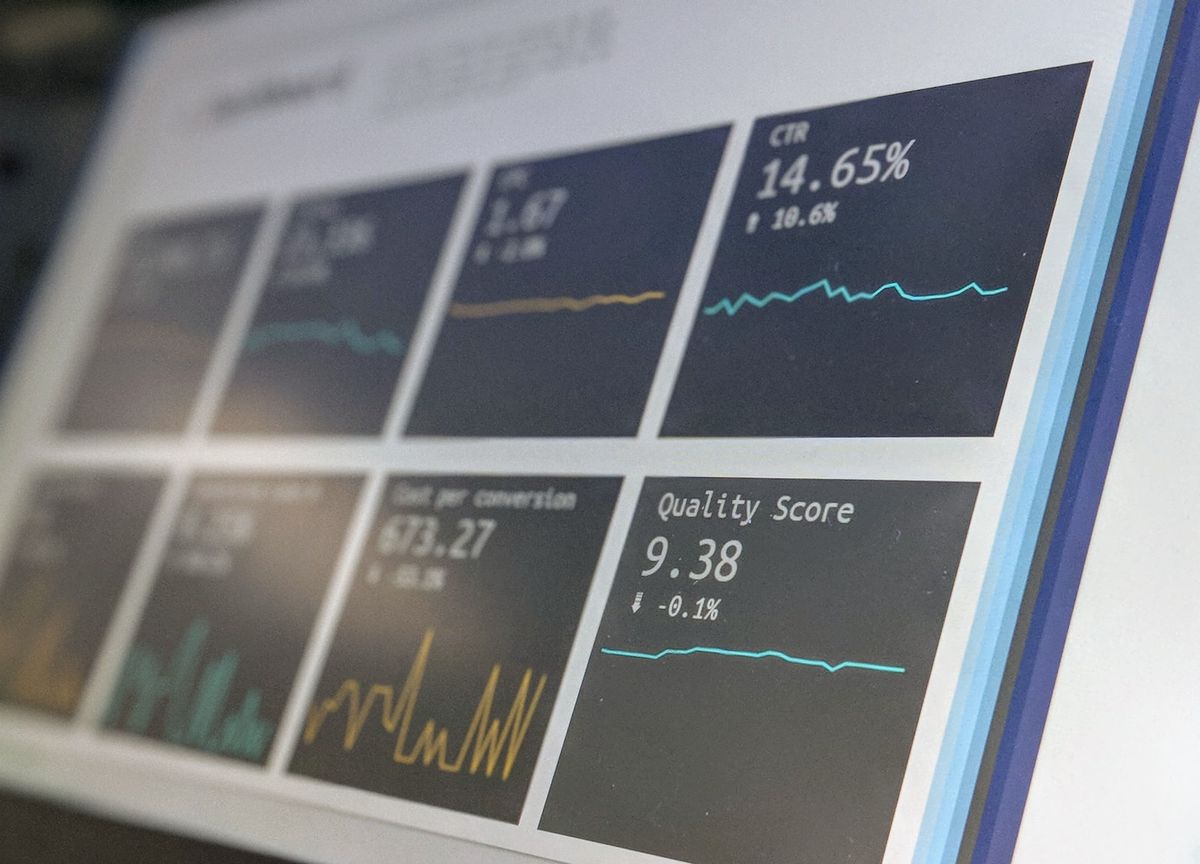Using Top-Down Analysis for Forex Trading: A Guide

Forex trading presents a world of opportunities for traders looking to capitalize on the global financial markets. However, success in forex trading requires a well-thought-out strategy and a careful approach to risk management. One of the most effective strategies for forex trading is top-down analysis. In this article, we’ll take a look at what top-down analysis is, the benefits it offers, and how to use it to develop a successful trading strategy.
What is Top-Down Analysis?
Top-down analysis is a method of analyzing the global macroeconomic environment to identify potential trading opportunities. This approach starts with a broad overview of the global economy and narrows down to more specific details in order to identify potential trading opportunities. By taking a top-down approach, traders can identify potential trends and patterns in the market and use them to inform their trading decisions.
Benefits of Top-Down Analysis
One of the main benefits of using top-down analysis is that it helps to identify potential trading opportunities. By taking a top-down approach, traders can identify macroeconomic trends and patterns that may be indicative of potential trading opportunities. Additionally, top-down analysis can help traders identify potential risks and opportunities that they may not have noticed otherwise.
Identifying Trends and Patterns
When using top-down analysis, traders should look for macroeconomic trends and patterns that may be indicative of potential trading opportunities. This can include looking for trends in global stock markets, currency exchange rates, and economic data. By looking for these trends, traders can identify potential trading opportunities that may not be immediately apparent.
Analyzing Fundamental Factors
In addition to identifying trends and patterns, traders should also analyze fundamental factors when using top-down analysis. Fundamental analysis is the process of looking at economic data and indicators to identify potential trading opportunities. This includes looking at a country’s economic growth rate, inflation rate, unemployment rate, and other economic indicators. By analyzing these fundamental factors, traders can gain a better understanding of the macroeconomic environment and identify potential trading opportunities.
Analyzing Technical Factors
In addition to analyzing fundamental factors, traders should also analyze technical factors when using top-down analysis. Technical analysis is the process of looking at price and volume data to identify potential trading opportunities. This includes looking at price trends, chart patterns, and other technical indicators. By analyzing these technical factors, traders can gain a better understanding of the market and identify potential trading opportunities.
Utilizing Risk Management
When using top-down analysis, it is important to utilize risk management. Risk management is the process of managing potential risks in order to minimize losses and maximize profits. This includes setting stop-loss orders, using leverage appropriately, and managing position sizes. By utilizing risk management, traders can ensure that their trading strategy is sound and that they are not taking on too much risk.
Setting Up Your Trading System
Once a trader has identified potential trading opportunities, they should set up their trading system. This includes setting up an account with a broker, choosing a trading platform, and setting up a trading strategy. By setting up a trading system, traders can ensure that they are well-prepared to capitalize on potential trading opportunities.
Developing a Trading Strategy
Once a trader has set up their trading system, they should develop a trading strategy. A trading strategy is a plan for how to approach the markets and manage risk. This includes setting entry and exit points, determining position sizes, and implementing risk management. By developing a trading strategy, traders can ensure that they are prepared to capitalize on potential trading opportunities.
Implementing Your Strategy
Once a trader has developed a trading strategy, they should implement it. This includes placing orders, managing positions, and monitoring the markets. By implementing their trading strategy, traders can ensure that they are taking advantage of potential trading opportunities.
Adjusting Your Strategy
It is important to note that a trading strategy should be adjusted as the markets change. This includes adjusting entry and exit points, position sizes, and risk management parameters. By adjusting their trading strategy, traders can ensure that they are taking advantage of potential trading opportunities.
Final Thoughts
In conclusion, top-down analysis is a powerful tool for forex trading. By taking a top-down approach, traders can identify potential trading opportunities and develop a sound trading strategy. Additionally, by utilizing risk management and adjusting their trading strategy as needed, traders can ensure that they are taking advantage of potential trading opportunities.
In summary, top-down analysis is a powerful tool for forex trading. By taking a top-down approach, traders can identify potential trading opportunities and develop a sound trading strategy. Additionally, by utilizing risk management and adjusting their trading strategy as needed, traders can ensure that they are taking advantage of potential trading opportunities. With the right approach and the right tools, traders can capitalize on the global financial markets and achieve success in forex trading.

